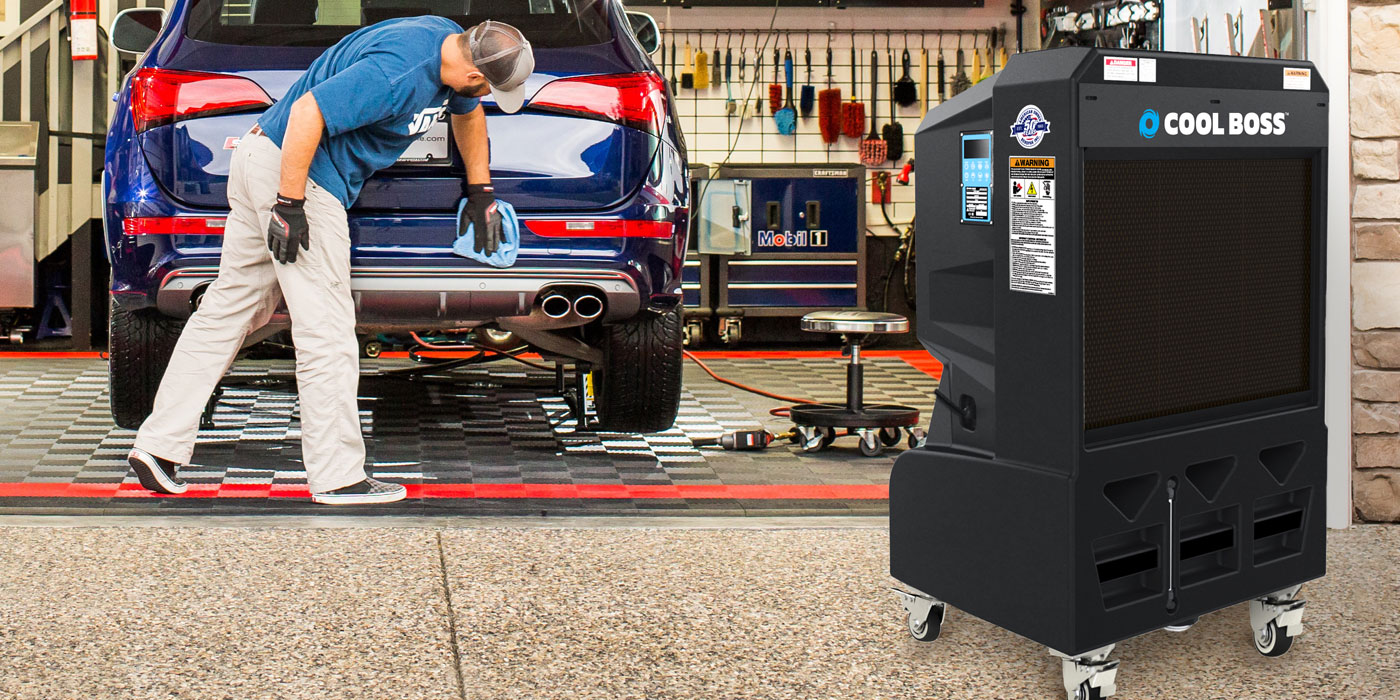While plenty of people are duly committed to saving for retirement through 401k, IRA or other nest egg-inducing personal finance plays, however devotedly and even over many years, it turns out several may actually be suffering a false sense of security. Recent findings by the Employment Benefit Research Institute reveal that far too many may not be poised for a financially secure retirement.
The study found that a staggering majority (82 percent) are not very confident in their ability to retire comfortably; that fully one-third of people aren’t confident they will be able to cover basic living expenses in retirement; and that nearly half of Americans aren’t confident they will be able to cover their medical expenses once they’re retired, among other ominous revelations.1 It’s no wonder that almost one-third of workers report that preparing for retirement causes them to feel mentally or emotionally stressed, which is understandable given that the bulk of respondents (82 percent) don’t feel “very” confident that they are doing a good job preparing for retirement.1 Scary stuff.
“For many years, financial planners have espoused general formulas for determining the amount of income retirees will need, the most popular being the ‘70 percent rule’ that suggests that retirees will need to replace just 70 percent of their pre-retirement income to provide for their living needs in retirement,” notes Ray LeVitre, CFP, author of “20 Retirement Decisions You Need to Make Right Now” and founder/managing partner at Net Worth Advisory Group, a firm specializing in retirement financial planning.
“That may have been an effective guideline a few decades ago when the rule was established; however, for many retirees, relying upon it today may be fraught with financial peril. It’s a very different world today, and old guidelines based on conditions that existed 30 years ago don’t necessarily reflect real costs of aging today. Compounding the complexity is that many retirement decisions you make today are irrevocable, profoundly affecting one’s financial security and lifestyle for decades beyond.”
According to LeVitre, modern-day aging cost considerations include:
- A male turning 65 years old today can be expected to live another 19 years versus 11 years in 1970; for women, they can expect to live another 23 years.
- The chances of retirees or an elder family member requiring some form of long-term care is seven in 10.
- Many of today’s retirees are carrying some form of debt into retirement, including mortgages, consumer debt and student loans.
- Although inflation has moderated somewhat since the 1970s, lifestyle costs, such as housing, food and transportation, consume a larger portion of a retiree’s budget today.
- Although health care cost increases have slowed, the rate of cost increases continues to be well above the general rate of inflation.
LeVitre adds, “For many retirees, the 70 percent income replacement rule might be an acceptable baseline for planning. However, with the risk of inflation compounded by longevity risk now confronting retirees, income planning should be based on the realities of aging today. It’s not inconceivable that, for some retirees, their income replacement need could be as high as 100 percent.”
With this in mind, I asked LeVitre what baseline, foundational steps those within 15 years of retirement can do to enhance lifetime income sufficiency. Here’s what he had to say:
- Track your expenses now. You should begin to track your living expenses and gradually adjust your budget to smooth out your consumption between your living requirements now and your requirements in retirement.
- Start living like a retiree now. Taking it a step further, you could take the approach of changing your lifestyle now to reflect how you expect to live in retirement. That might mean downsizing your home now, reducing your leisure travel, driving more efficient cars and generally adopting a more frugal mindset.
- Increase your savings. Any combination of the first two steps should generate a steady increase in excess cash flow, which should be saved for retirement. Pre-retirees within 15 years of retirement should target a minimum of 15 percent of their earnings for contributing to their retirement.
- Start exploring your Social Security options. Retirees who are able to postpone their Social Security benefits until age 70 can significantly boost their lifetime income, and additional Social Security planning for spousal benefits could increase it further.
- Don’t invest too conservatively. Although the natural inclination is to reduce your exposure to risk-based investments like equities the closer you are to retirement, reducing your exposure by too much too soon could stunt the growth of your capital. To ensure lifetime income sufficiency, today’s retirees should always have some exposure to equities. A broadly diversified, well-balanced portfolio of equities, bonds and cash offers the best opportunity to maintain the necessary growth of capital needed while minimizing volatility over the long-term.
LeVitre also underscores that, regardless of your planning method or process, it would be a mistake to succumb to standard formulas or a generalized approach to retirement planning.
“Right now, your retirement vision — formed by your specific needs, wants, attitudes and beliefs — rests in your mind, and it will undoubtedly change as your outlook and priorities change,” LeVitre says. “But, you should always base your income needs on realistic assumptions.”
In closing, it’s time for America’s aging population to do a collective fiscal-future reality check.
Branding, business and entrepreneurship success pundit, Merilee Kern, MBA, is an influential media voice and lauded communications strategist. As the executive editor and producer of “The Luxe List International News Syndicate,” she’s a revered consumer product trends expert and travel industry voice of authority who spotlights noteworthy marketplace change-makers, movers and shakers. Merilee may be reached online at www.TheLuxeList.com. Follow her on Twitter @LuxeListEditor and on Facebook @TheLuxeList.
Source:
1https://www.ebri.org/pdf/briefspdf/EBRI_IB_431_RCS.21Mar17.pdf














